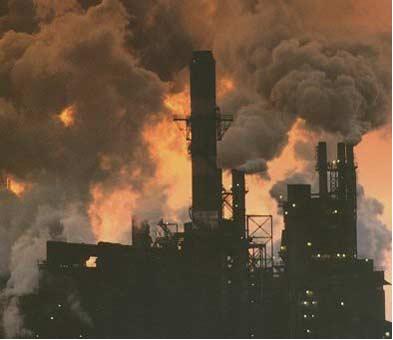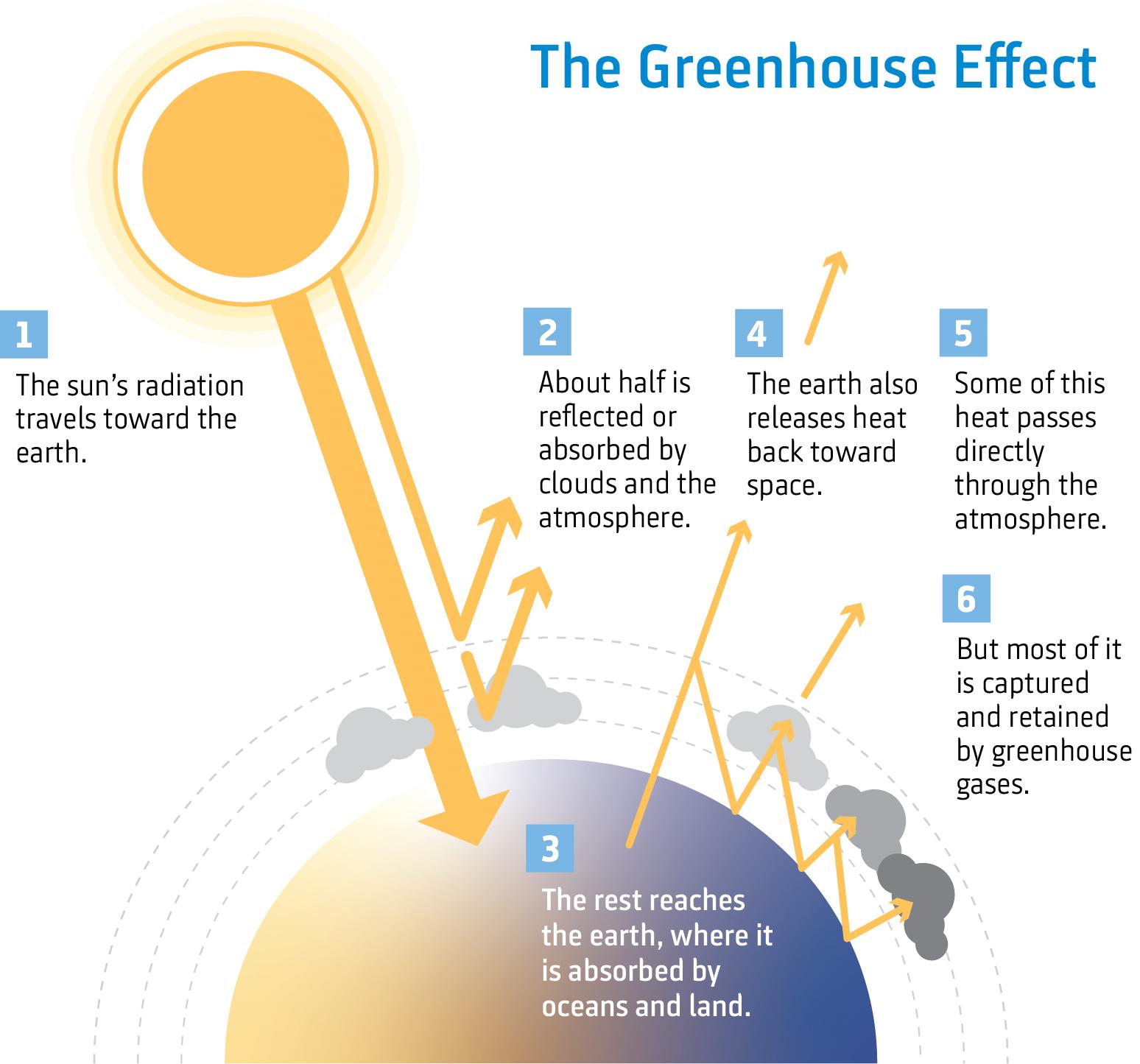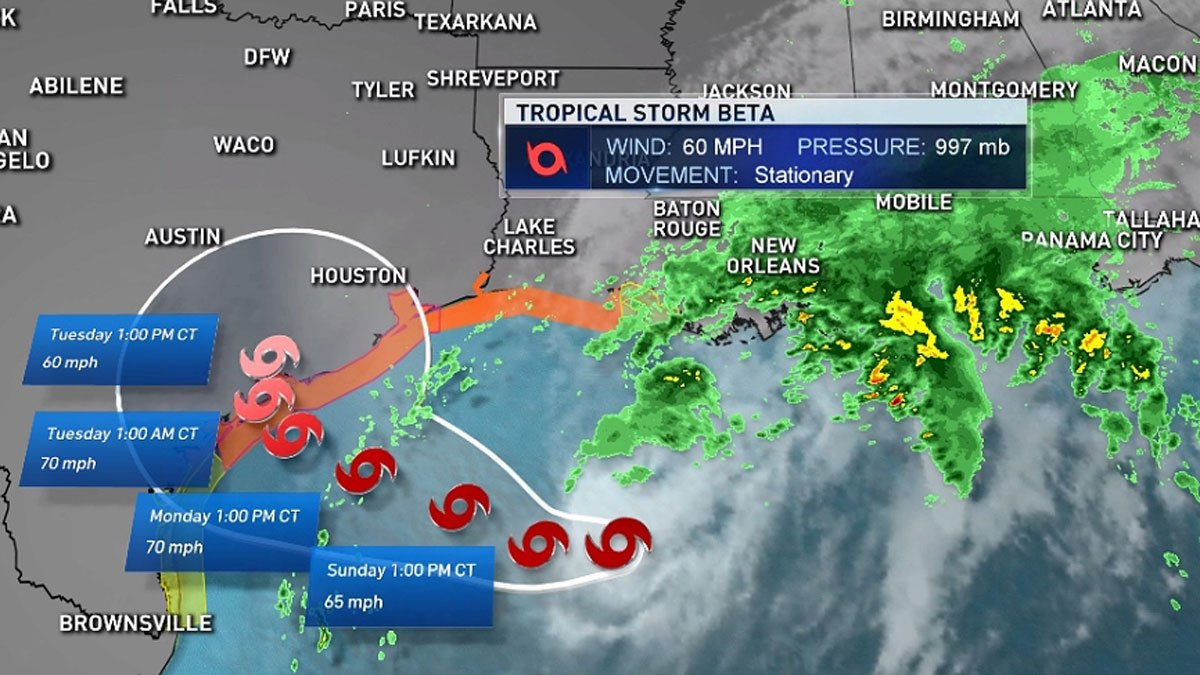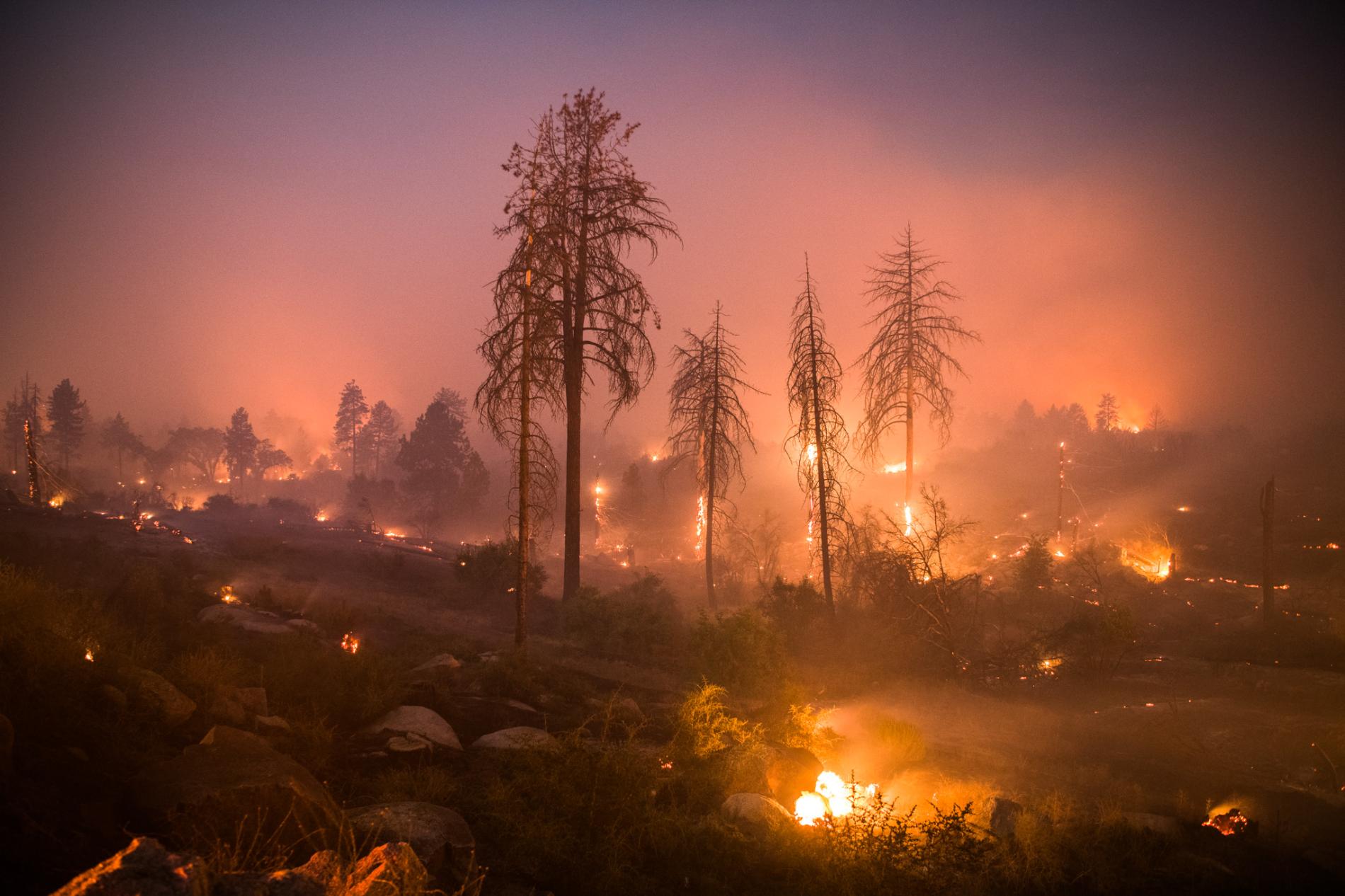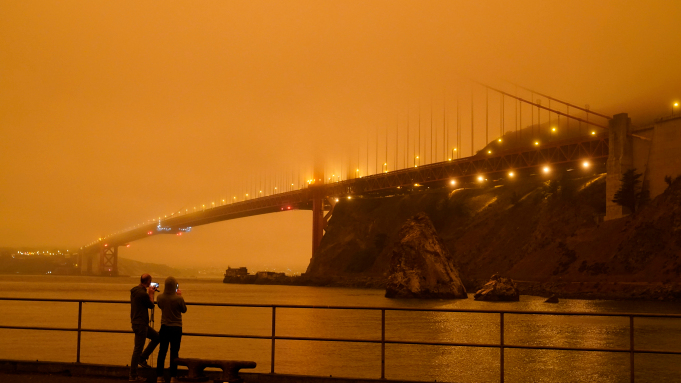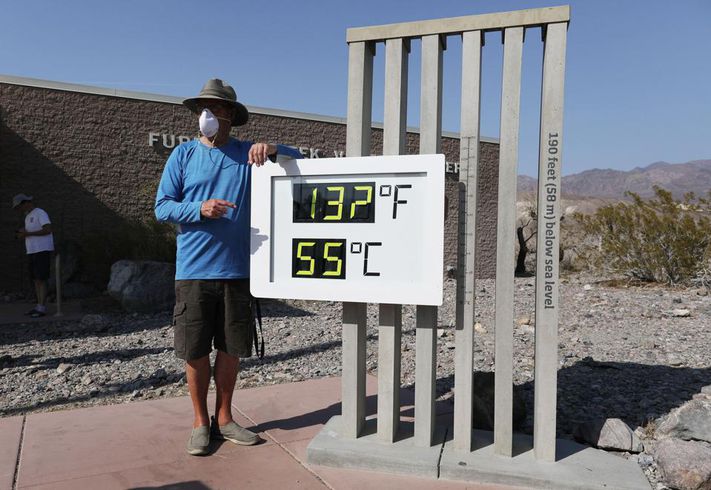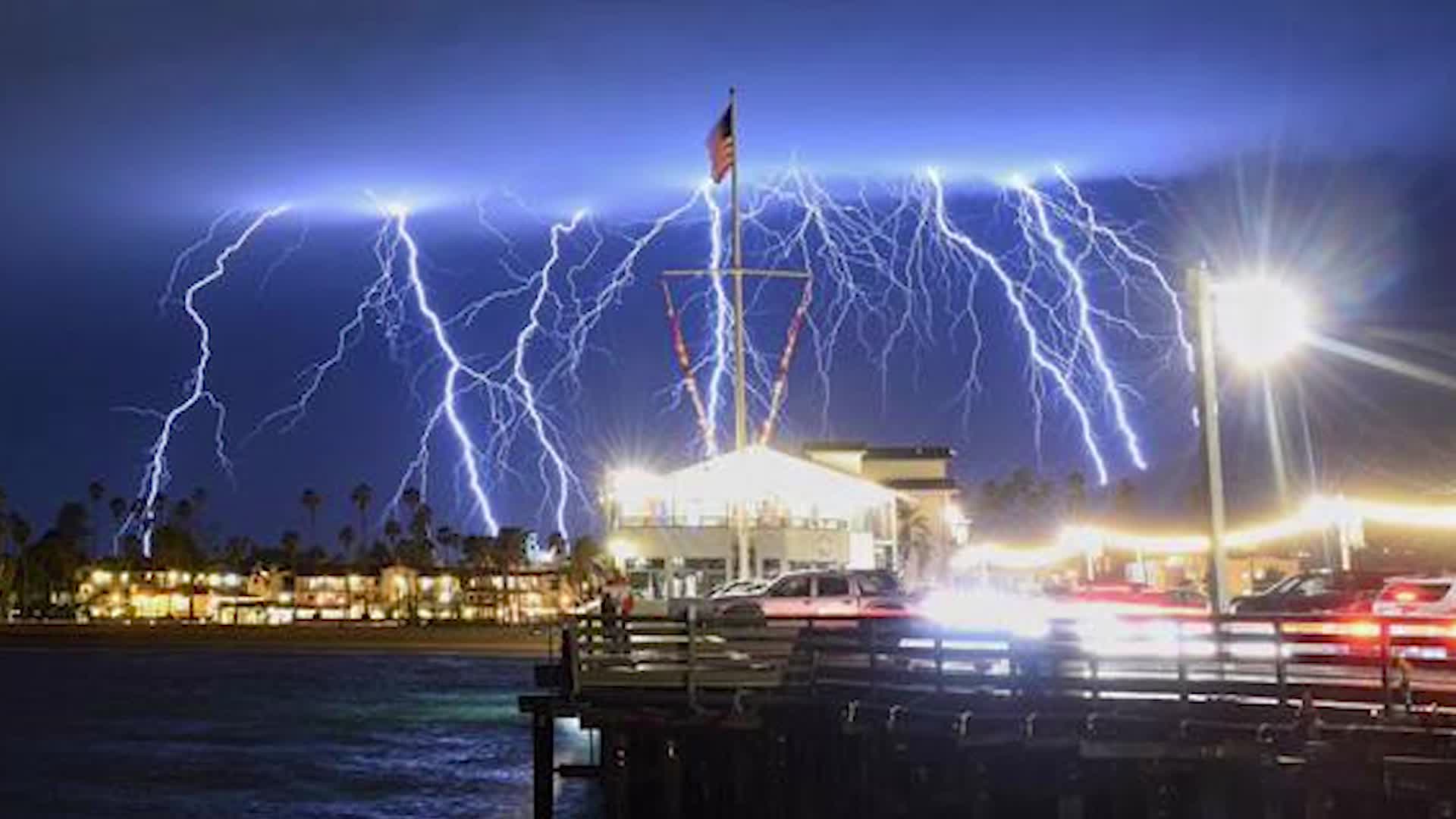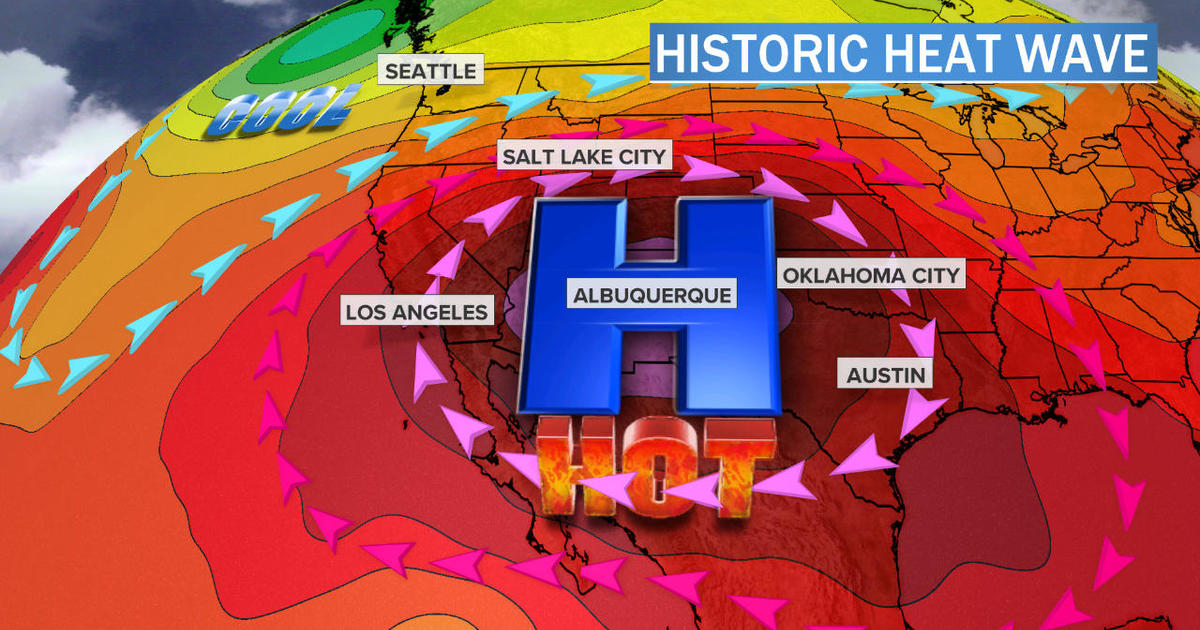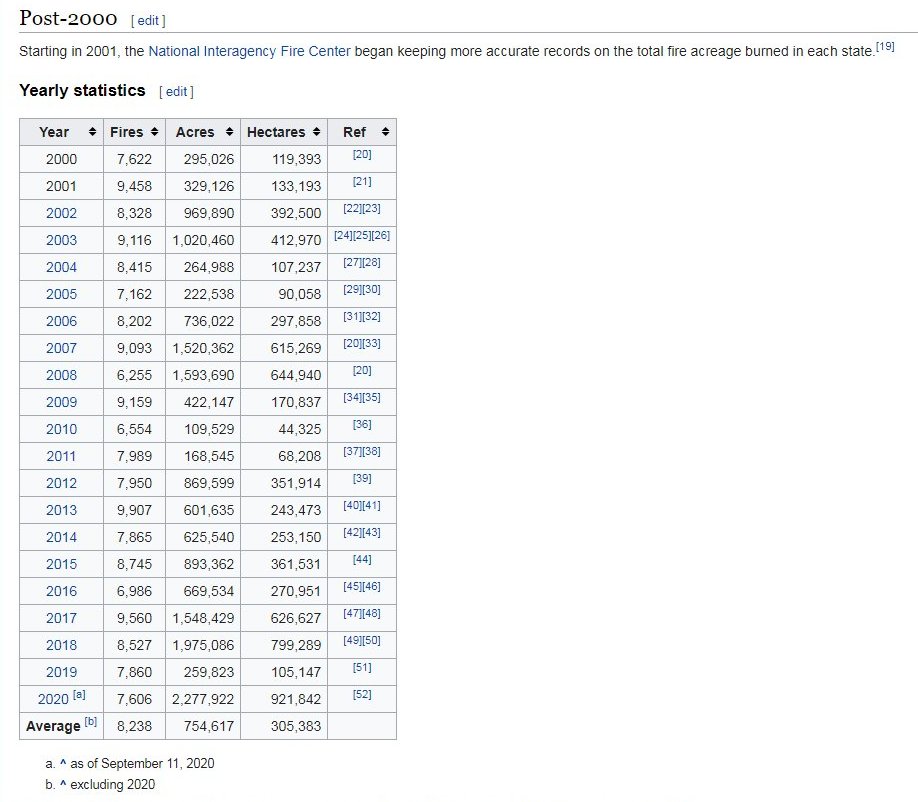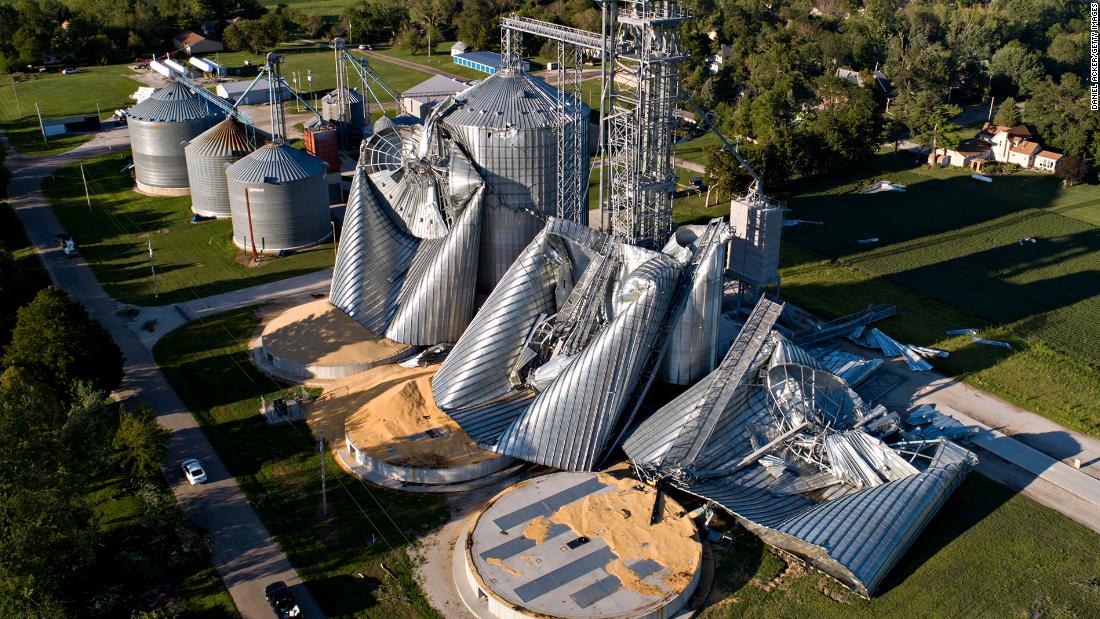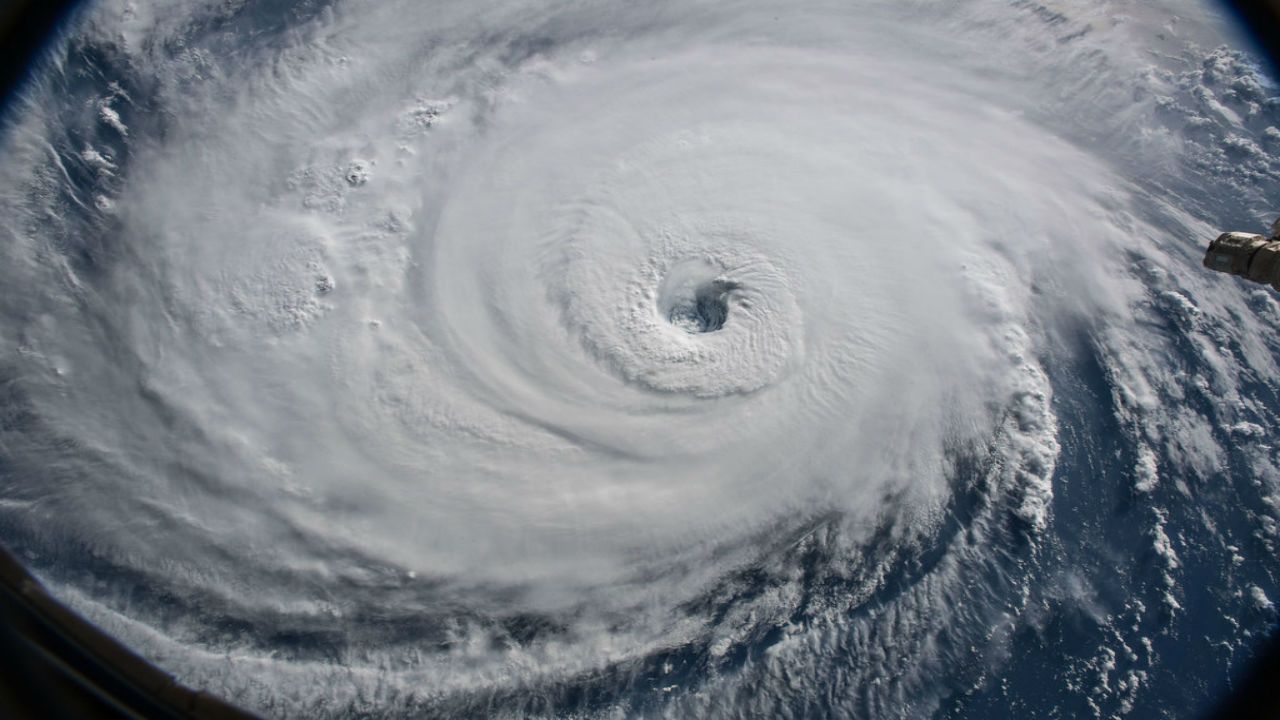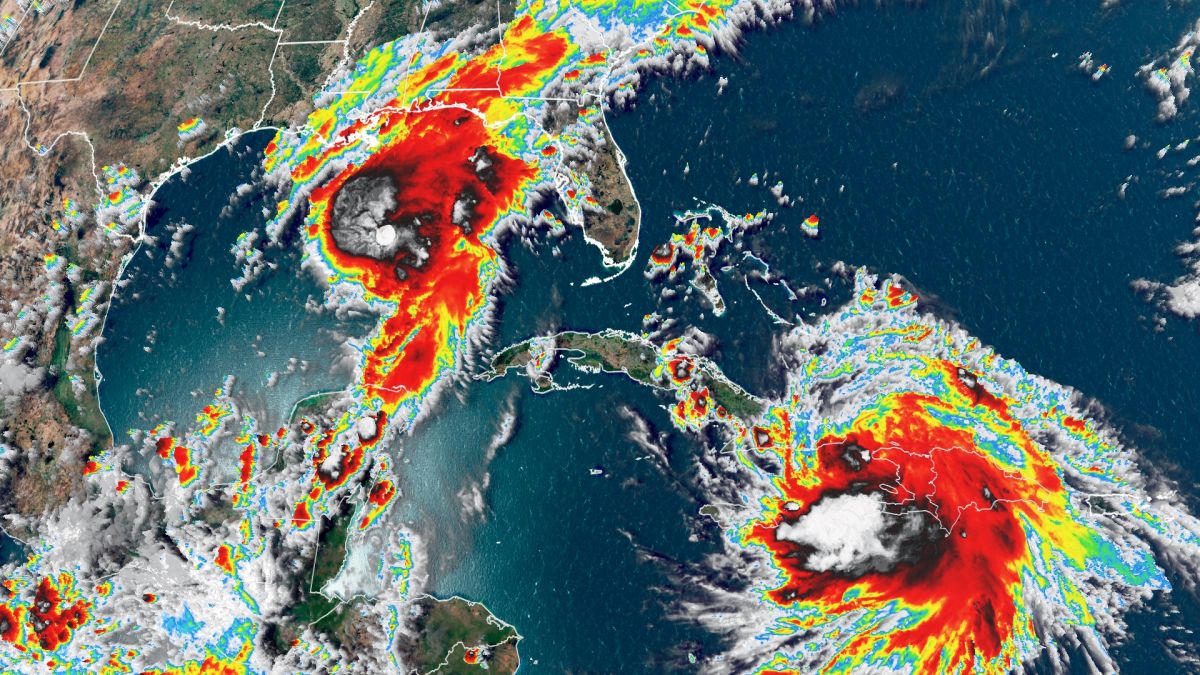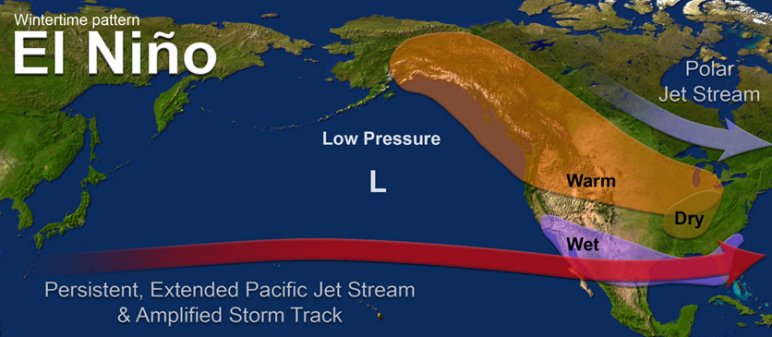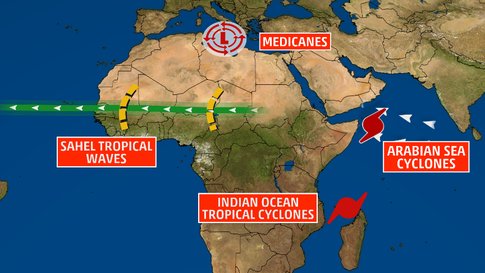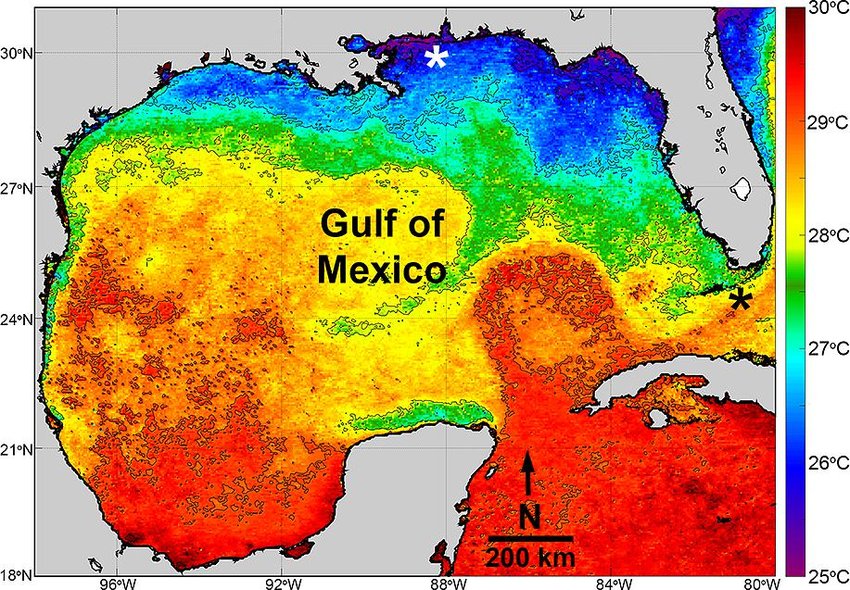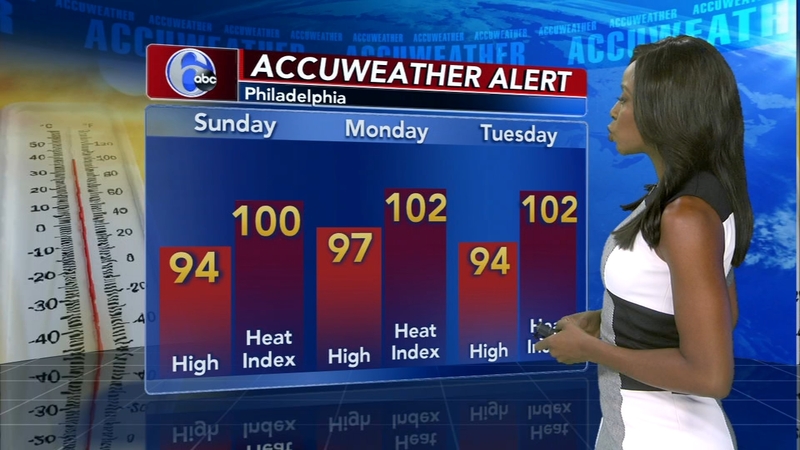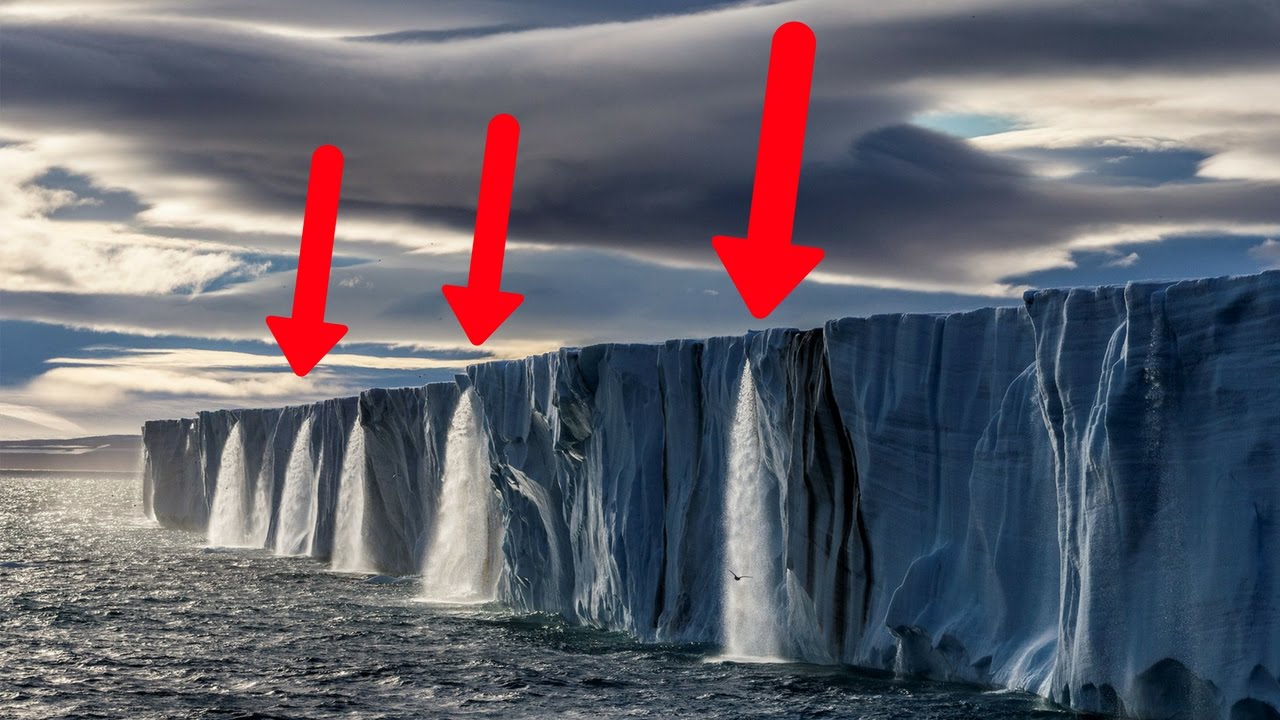Under the auspices of the United Nations a panel of 234 of climatologists, meteorologists and other scientists have prepared an exhaustive and comprehensive assessment of the effect of human activity on the Earth’s climate, primarily due to the release of greenhouse gasses into the atmosphere. The report was released on the 9th of August 2021 in the form of two documents, the first is a 159 page technical summary that gathers together and analyses an unprecedented amount of data collected from every part of our planet.
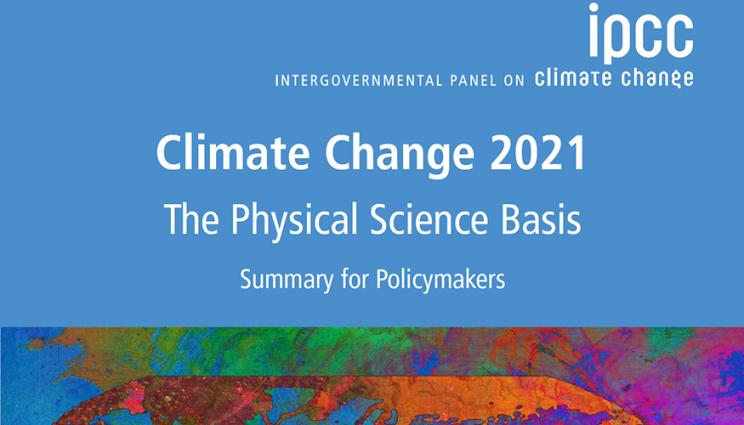
The second report is a 42 page non-technical summary for policymakers, in other words the politicians. This is the report that you’ll be seeing charts from and hearing quotations from on the news programs in the days, weeks and years to come. The main headline is quite simple, the Earth’s temperature has risen by an unprecedented amount over the last fifty years and that rise has been in a linear relationship with the amount of greenhouse gasses (GHGs) that we have released into our atmosphere. In other words the more fossil fuels we burned the hotter the Earth has gotten.
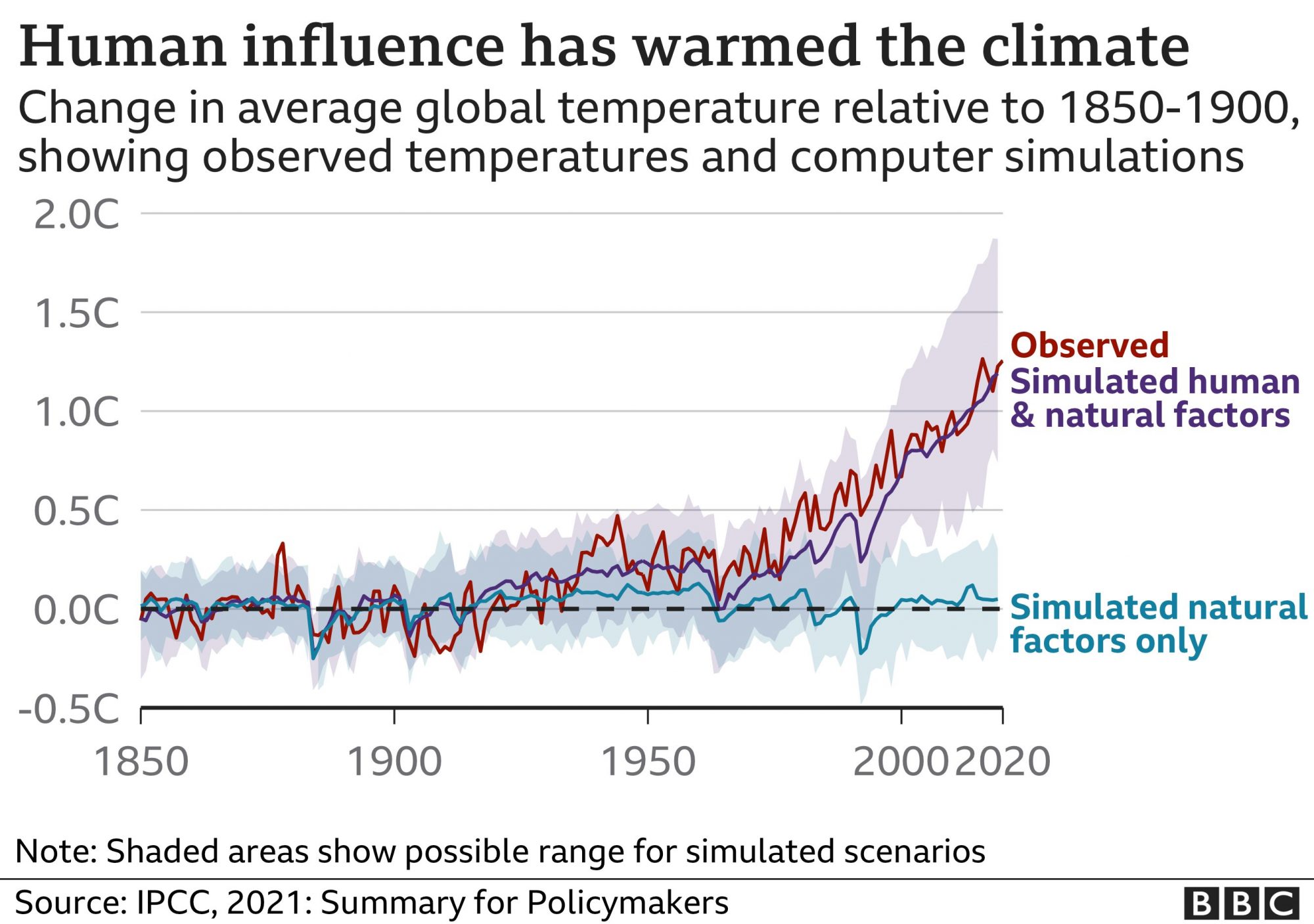
Now scientists in general always try to be restrained in their rhetoric. They only make definitive statements when they feel they have overwhelming evidence to support those statements and even then they include error bars as an indication of any possible uncertainty.
The statements made in the summaries and agreed to by those 234 scientists are unequivocal however, both the rise in temperature over the last 50 years and the extreme weather events that are becoming more and more common are solely due to human activity, to our ever increasing reliance on fossil fuels. So stark is the conclusion reached by the panel of scientists that UN General Secretary Antonio Guterres has declared the report to be “a code red for humanity”.
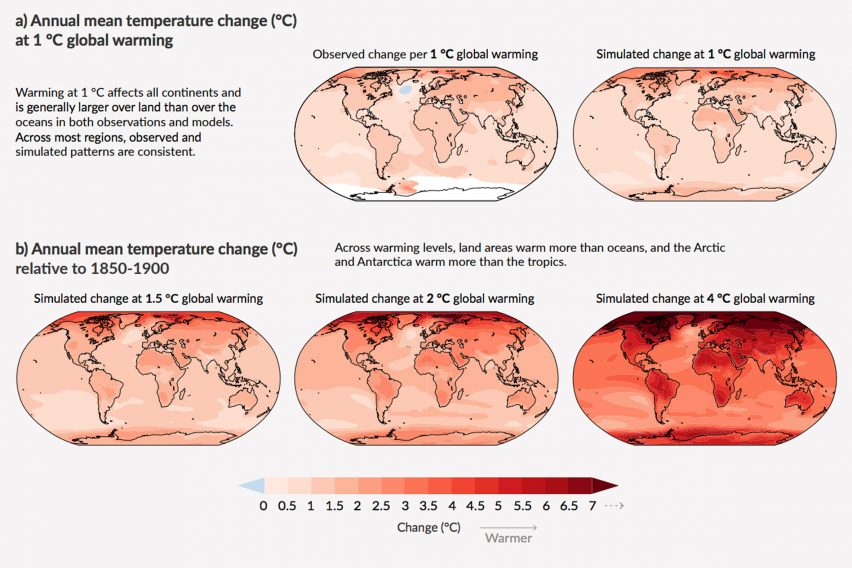
Indeed the findings detailed in the report are dire. The goal of limiting the global rise in temperature to 1.5ºC that was made at the Paris climate conference in 2015 has pretty much already been broken. If the Earth hasn’t gone past that 1.5ºC it will in the next few years even if we were to completely stop our carbon emissions today. Also unavoidable is a 15-20 cm rise in sea level, again that’s regardless of what measures we take now.
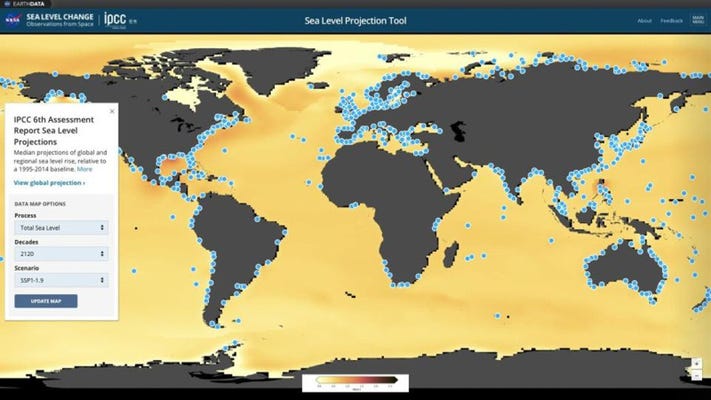
The temperature will continue to rise even without more carbon emissions because of what scientists call hysteresis, that simply means that we have put enough GHGs into the air to warm the Earth by several degrees but it hasn’t done so yet simply because it hasn’t had enough time to do so. Any chef will tell you that putting something in the over doesn’t immediately cook it, it takes time to thoroughly heat it all the way through. If we left things as they are the planet would still get a bit warmer, the droughts would get a little worse, the torrential rainstorms would cause more flooding, to say nothing about more hurricanes and permafrost melting.
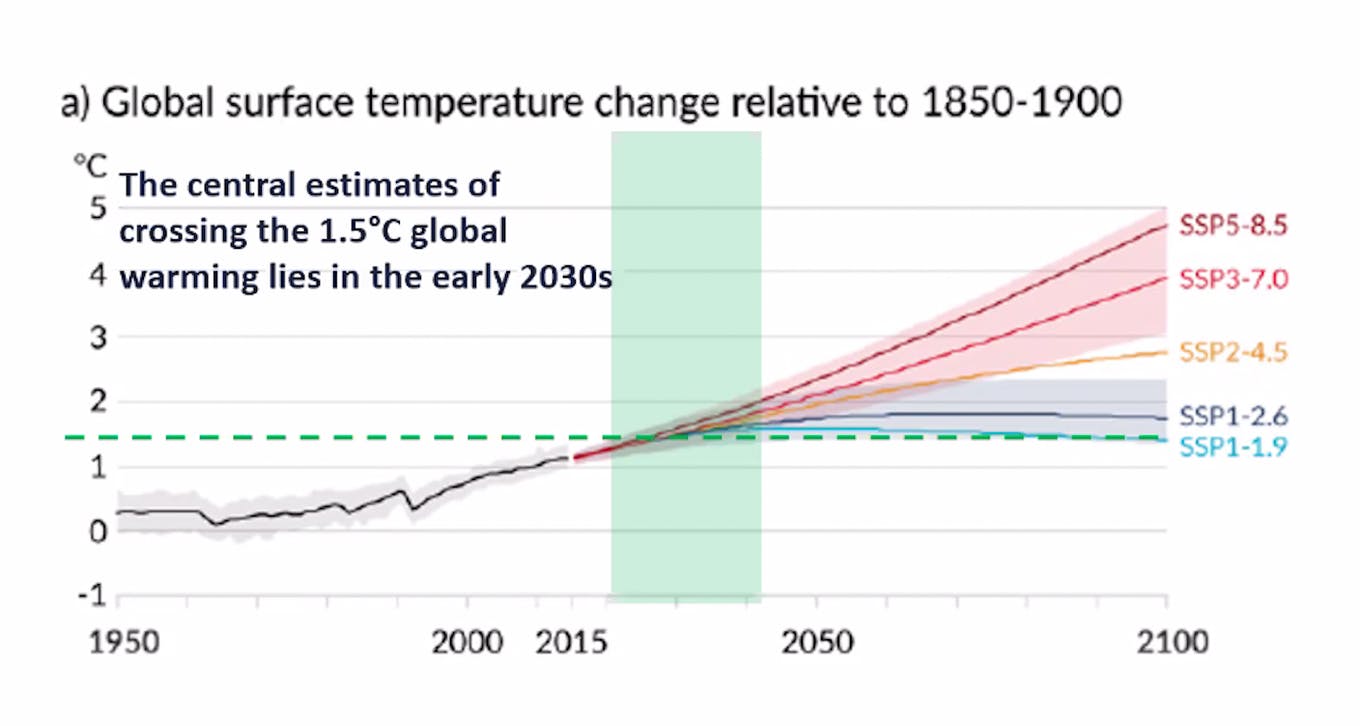
But of course we’re not going to just stop emitting GHGs. Let’s be honest our carbon emissions are more likely to increase over at least the next decade than decline. In order to make science based predictions about what the future holds for the climate the scientists extrapolated from current conditions using five basic scenarios for human activity. The first scenario is based upon an actual increase in GHG emission such that we double the amount of CO2 in the atmosphere by 2050. The second scenario assumes a slower increase so that CO2 levels double by 2100. Both these scenarios suppose that we do little or nothing to reduce the amounts of fossil fuels we burn.
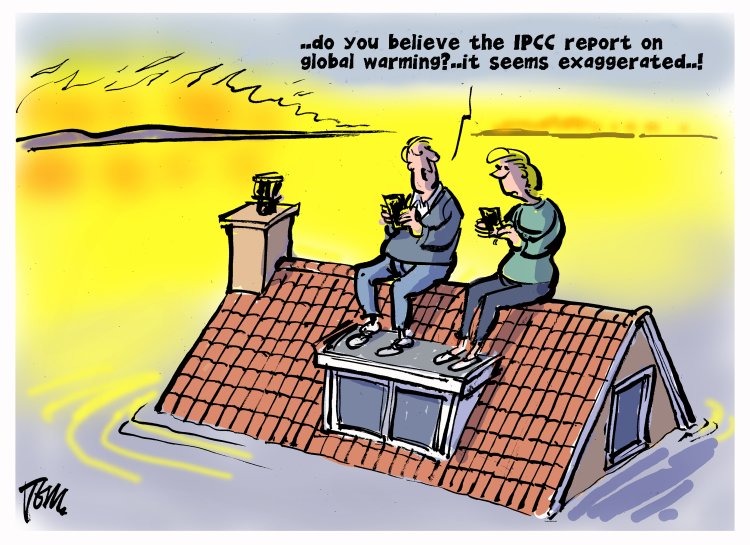
The third scenario assumes that GHG emissions remain at current levels until around 2250 and only then begin to decrease slightly. The final two scenarios are based upon immediate steps being taken to reduce GHG emissions so that the entire planet reaches net zero carbon emissions sometime after 2050 or, best of all cases, sometime before that year.
For each of these five scenarios estimates were then made for global temperature rise in the near term, 2021-2040, mid-term, 2041-2060 and long-term, 2061-2100. In none of these scenarios does the temperature rise remain below that 1.5ºC goal, even the best-case scenario it goes to 1.6ºC, and only the best case has temperature starting to go down by the long-term time frame. All the other four scenarios have the temperature continuing to rise throughout the century with the temperature in the worst-case scenario reaching a horrifying 4.4ºC rise by 2100.
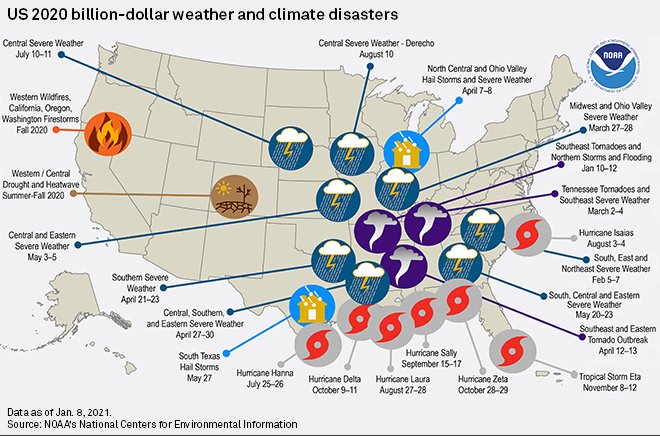
Think of that for a minute, currently we are sitting just below that 1.5ºC rise and we are witnessing increased tropical storm activity, an increase in droughts, in flooding. We are seeing more severe weather in many forms. We are seeing glaciers melting throughout the Polar Regions causing a rise in sea levels.

A 4.4ºC temperature rise would be triple what we have already seen. The consequences of that simply don’t bear thinking about. Nevertheless our children and grandchildren may have to face those consequences if we don’t do something soon. The reports from the IPCC aren’t without hope however; in fact they detail many of the steps we can take to limit climate change by limiting our GHG emissions. The choice is simply ours, do we have the will to do whatever is necessary to achieve net zero carbon emissions or will we simply walk with our eyes closed into a hellish future.

